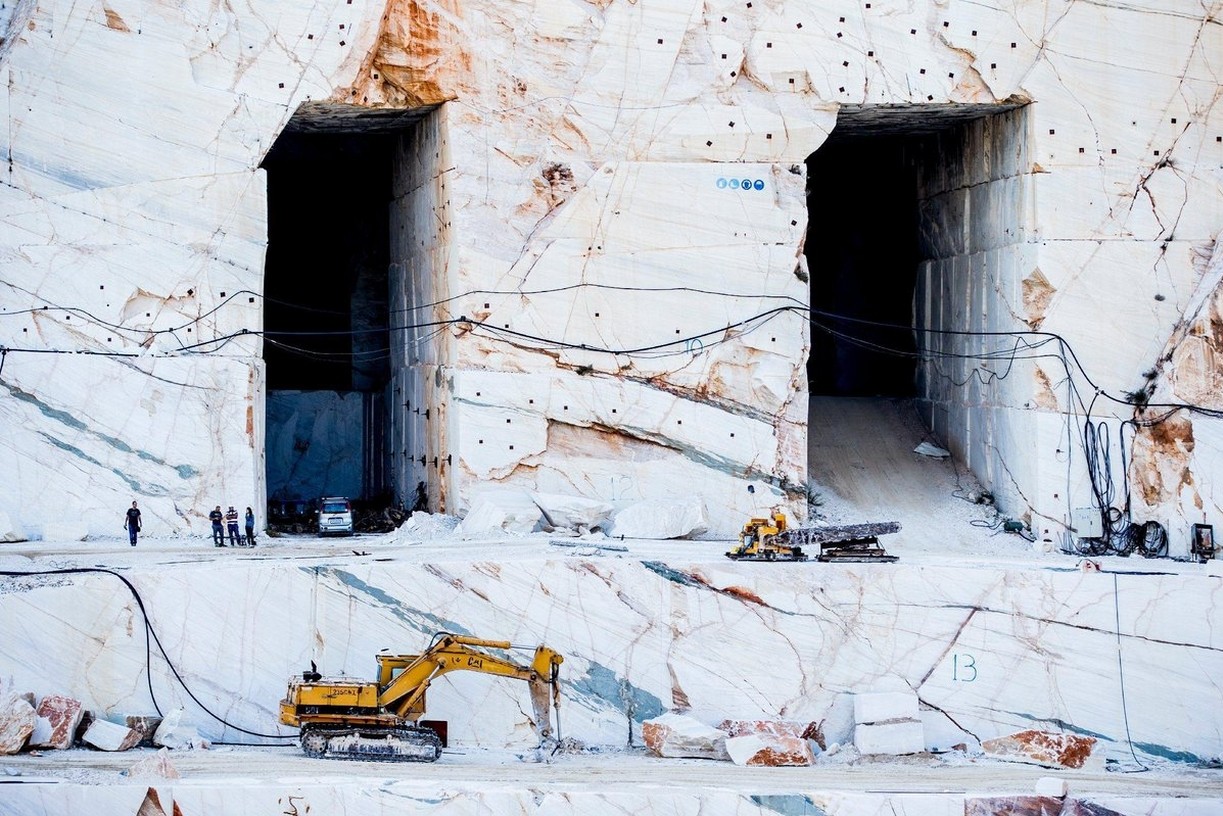How is marble quality determined?
Marble adds a centuries-old elegance to any home or commercial building it inhabits. But it can be difficult to tell if you are looking at authentic marble, faux marble or granite. Modern imitative materials can replicate the exact look and functionality of marble. Man-made marble has its own beauty and value -- but you may want to know when you're looking at the real thing. Learning the characteristics of marble will help you identify it on sight.

- One face of the marble should be polished and all four sides machine cut.
- Marble tiles must be checked for even sizes, as uneven sizes make it difficult to cut, install as well as grout it. More wastage of material will occur.
- Along with front surface, also check the back side of the marble slab. If back surface has wire-mesh attached to it, then such slabs must be avoided, as manufacturers put wire-mesh if marble is fragile or soft in nature.
- To have an idea of how it will look after polishing. Splash water on unpolished marble and more or less, it will give a similar look when polished.
- Also you can check if artificial colours are added to marble by scratching its surface. If it resists scratches, then the marble is artificial and colour can fade after installation. Pure marble have low resistance to scratches.
- Marble slabs can be checked for porosity by dropping 3 to 4 droplets of lemon juice (citric acid) on top of its surface.
- If marble absorbs lemon juice quickly, it means marble has high porosity and hence it is not of good quality marble.
- If calcite is present in excess amount then lemon juice droplets leave white stains on top of marble surface. It indicates that marble is not of good quality.
31st Mar 2018
Recent Posts
-
How to import mosaic tiles to Qatar & What documents are required?
The Qatari construction market is expected to register a CAGR of 9.6% over the forecast period, 201 …26th Dec 2019 -
#26 Weekly Hot Selling Pool Tiles
22nd Jun 2018 -
Top 4 Tips for Mosaic Kitchen Backsplash
Pop to Your KitchenDo you ever look at your kitchen and see room for improvement? Whether in a home …16th Jun 2018
